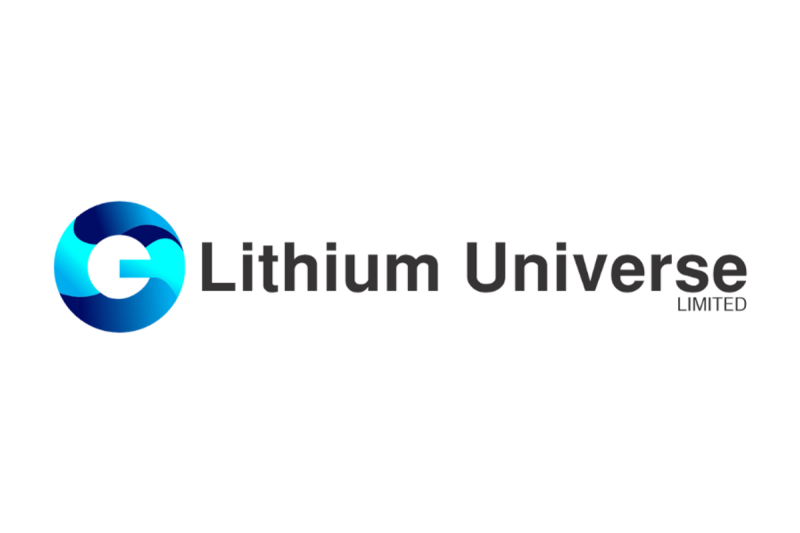In recent years, the demand for lithium, a key element in manufacturing batteries for electric vehicles and renewable energy systems, has surged dramatically. This spike in demand has led to a renewed focus on closing the lithium conversion gap in North America. With the region holding vast lithium reserves but lacking the necessary infrastructure for converting these resources into battery-grade materials, it has become imperative to bridge this gap to achieve energy security and sustainability.
The first step towards closing the lithium conversion gap is to establish a robust domestic lithium extraction industry. Currently, most of the lithium used in North America is imported, primarily from South America and Asia. By developing domestic lithium extraction facilities, the region can reduce its dependence on foreign sources and secure a stable supply chain for this critical element. This not only enhances energy security but also creates new job opportunities and stimulates economic growth.
Furthermore, the establishment of lithium conversion plants is essential for North America to become self-sufficient in producing battery-grade materials. Converting lithium ore into high-quality lithium hydroxide or lithium carbonate is a complex process that requires specialized equipment and expertise. By investing in these conversion facilities, the region can ensure that its lithium resources are processed efficiently and sustainably, reducing the environmental impact of mining and extraction operations.
Collaboration between governments, industry stakeholders, and research institutions is crucial for closing the lithium conversion gap in North America. By working together to develop innovative technologies and sustainable practices, stakeholders can optimize the entire lithium supply chain, from extraction to conversion to recycling. This collaborative approach not only accelerates the transition to a clean energy economy but also fosters a more resilient and competitive lithium industry in the region.
Education and training programs play a key role in building the skilled workforce needed to support the growth of the lithium conversion sector in North America. By offering specialized training in lithium extraction, processing, and recycling, educational institutions can equip future professionals with the knowledge and expertise required to drive innovation and sustainability in the industry. These programs also play a pivotal role in fostering diversity and inclusion within the sector, ensuring that the workforce reflects the diverse communities it serves.
In conclusion, closing the lithium conversion gap in North America is essential for achieving energy security, economic growth, and environmental sustainability. By investing in domestic lithium extraction and conversion infrastructure, promoting collaboration among stakeholders, and supporting education and training initiatives, the region can establish itself as a global leader in the production of high-quality battery-grade materials. With concerted efforts and strategic investments, North America can harness its vast lithium resources to drive the transition towards a cleaner, greener future.

